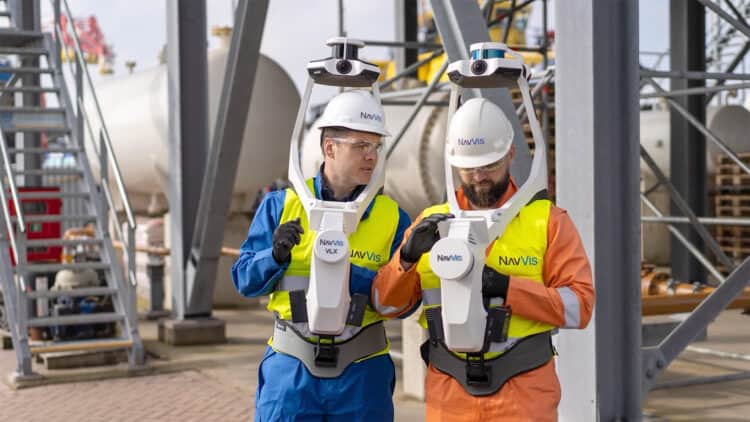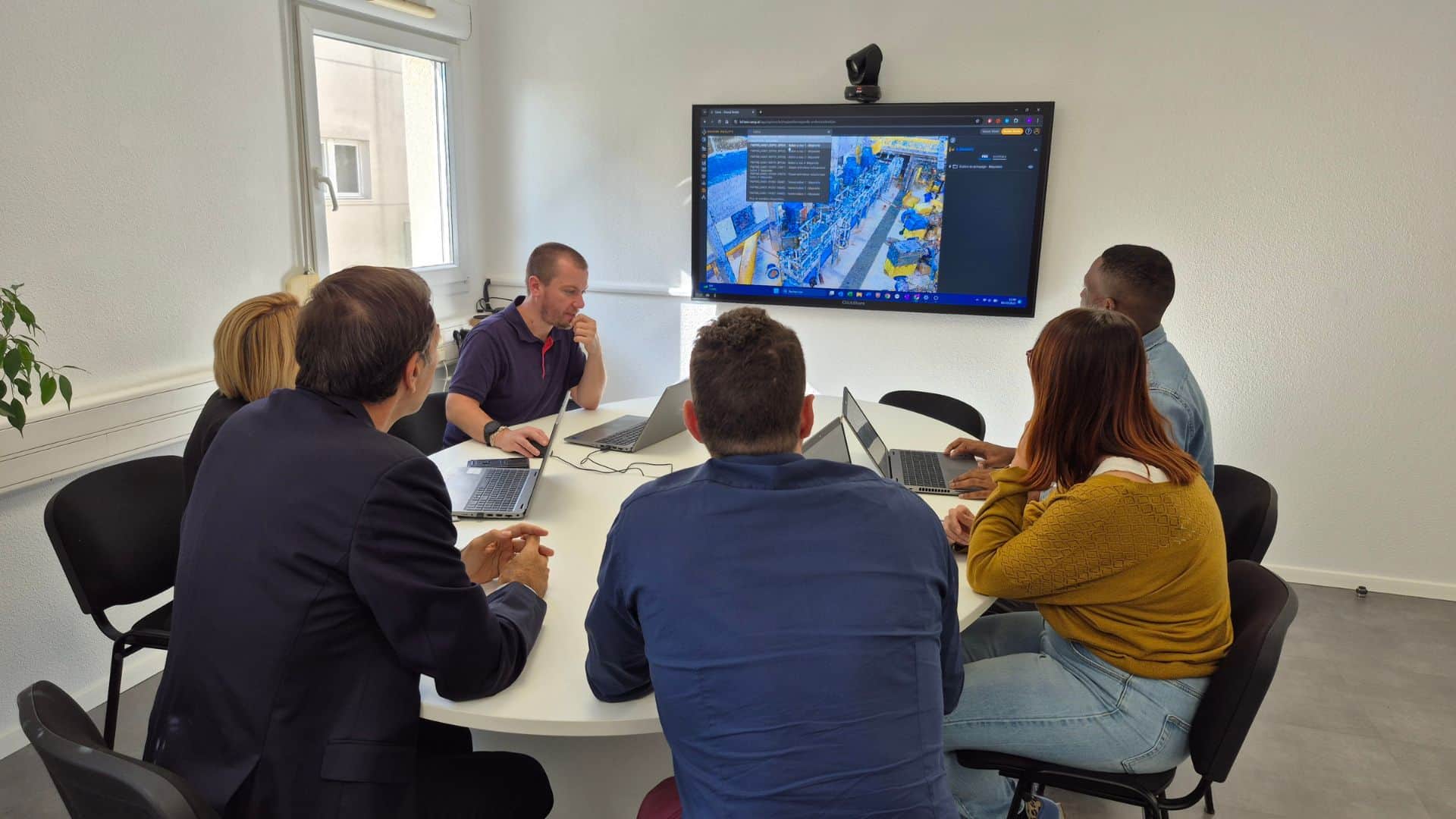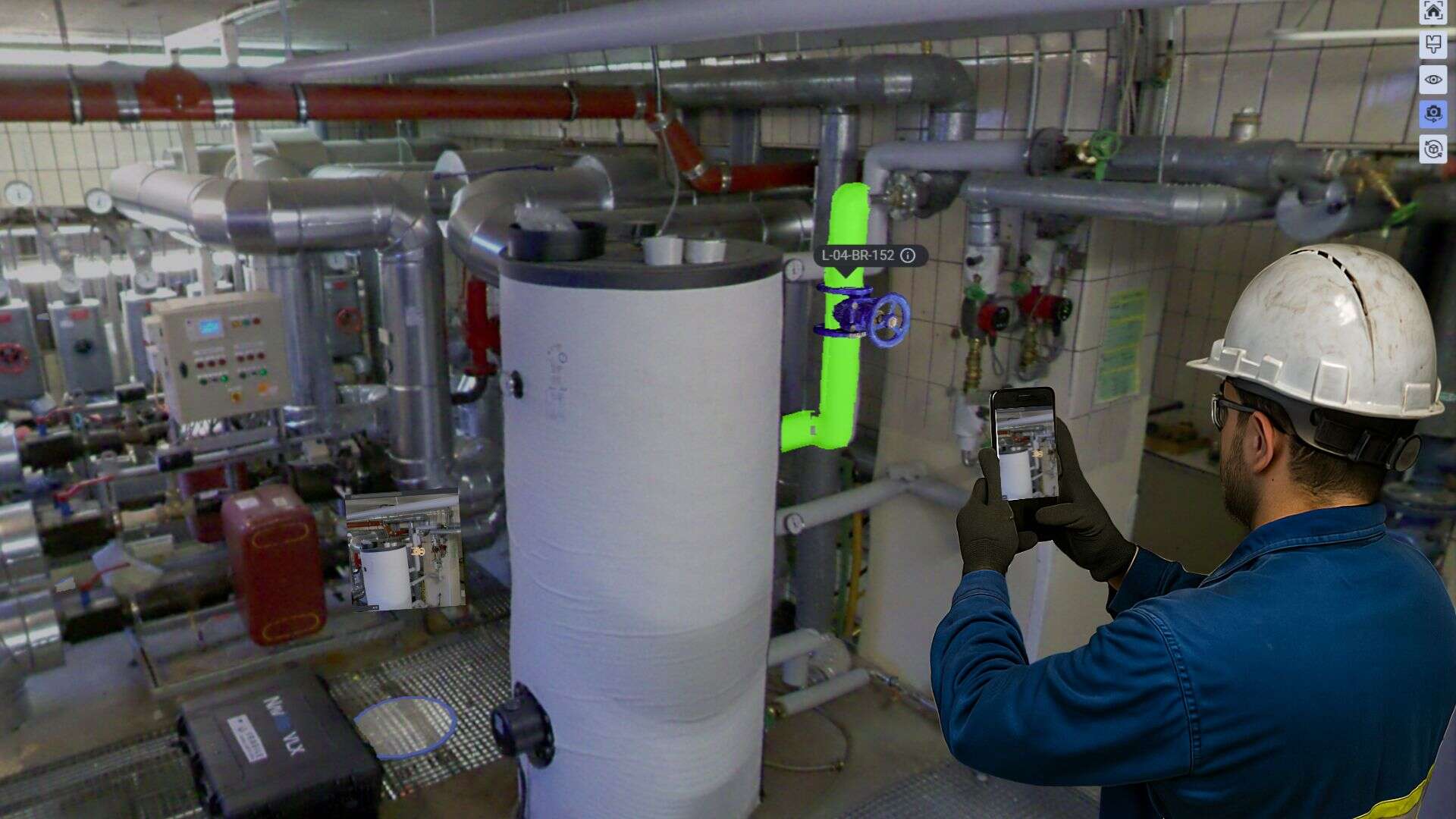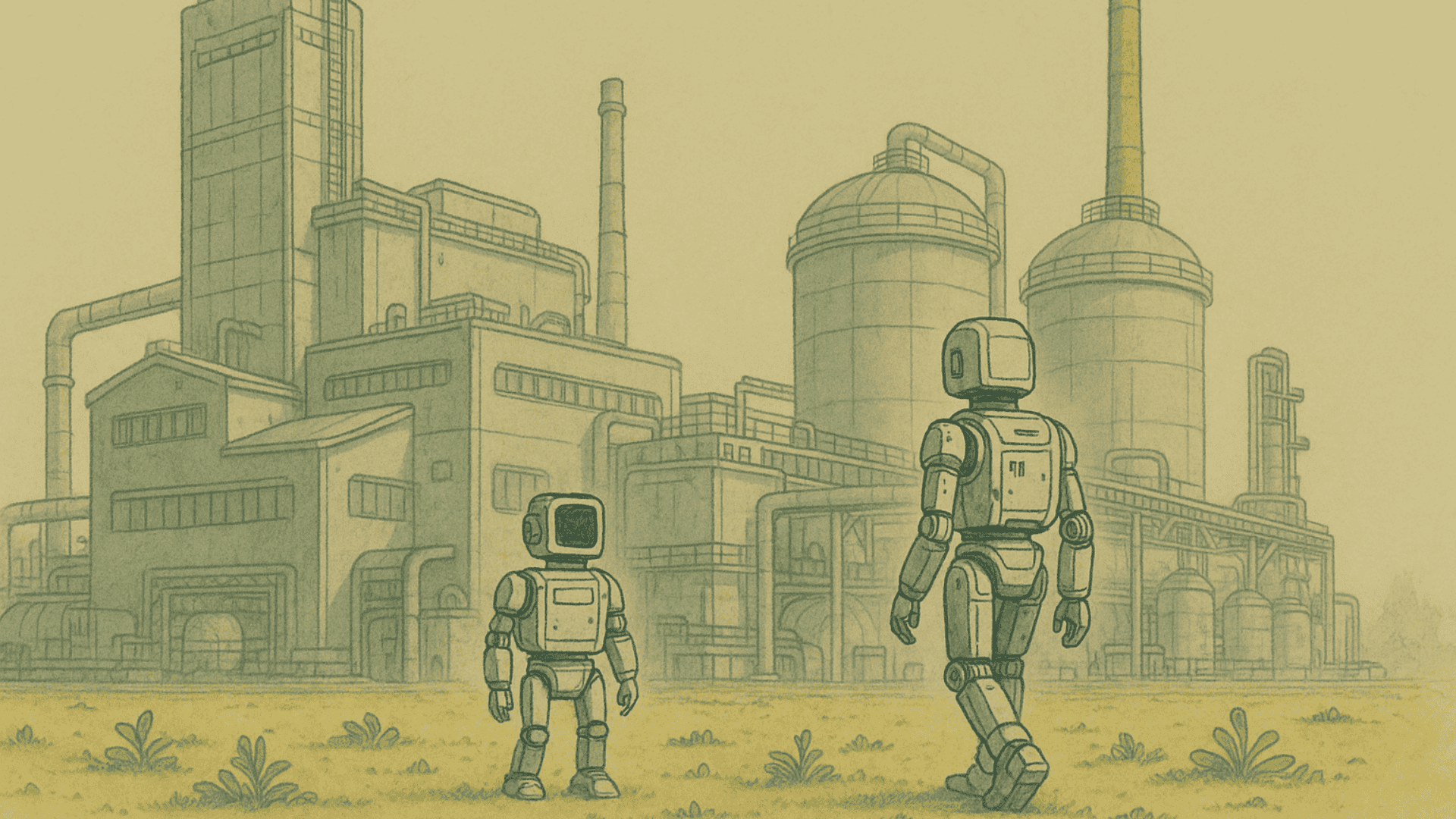For years Building Information Modeling has grown as a powerful information management methodology for the built environment. While BIM makes a lot of sense, some flawed thinking contaminated it, such as the idea that BIM had to rely on a 3D CAD model to support information.
Because 3D CAD models are used for construction projects, a trend emerged more than a decade ago, supporting that 3D CAD models were the perfect artifact to support the otherwise abstract BIM data once projects were handed over to facilities operators.
Of course, the concept was pushed by 3D CAD software vendors. Operators were not hard to convince, as they grew frustrated to see all engineering companies and EPCs using powerful 3D CAD models, while they were just handed over (or rather “dumped”) a few 2D drawings as PDF files. Those were not even consistent with what was actually built.

So, 3D CAD software vendors and facilities operators walked hand in hand, driving the idea that a good BIM methodology should revolve around a 3D CAD model. What’s more, those 3D CAD models were supposed to be updated on a regular basis, to match with the evolution of the facilities IRL “In Real Life”.
Since then, what happened? Operators increasingly got 3D CAD models handed over after project completion, with the following observations:
- no skilled team to handle CAD models as part of the operator’s BIM process (outsourcing has its downsides)
- no budget to expand CAD usage to all those who would need these models (field operators, contractors…)
- no update of the CAD models along the way (the reasons behind are detailed in our “Overkill BIM” article)
The result? Most operators are disillusioned by the promises of BIM, of 3D or of “digital twins” for operations, rejecting all these concepts together.

Yet, there is a way.
A simple and better way, that lies in the operators’ daily environment: what if 3D came directly from the real world, and was used as a powerful medium to VERIFY and ACCESS information?
This is exactly the trend that an increasing number of companies are pursuing now, with the unstoppable rise of two technologies: reality capture and artificial intelligence.
- Reality capture is becoming a commodity, helped by the rise of mobile scanners that slash the cost and time needed to capture even the most complex facilities by a factor of 10.
- Artificial Intelligence is excellent for classifying and matching data, including 3D data, in processes such as segmentation (detecting objects) and semantization (labelling them).
Combined together these two technologies allow to continuously capture the reality of the field, break it down into objects that can then support their own BIM information.
In short: 3D BIM, without 3D CAD!

It now becomes possible to go towards 3D BIM without 3D CAD, keeping the original promise of BIM to operators: ensuring that BIM data is available to all in a way that is easy to understand thanks to 3D, while being truthful to the actual reality on the ground. Without costly remodeling on the way.
This is why industrial operators of numerous facilities, from very simple unmanned sites to some of the world’s most complex assets (eg: in the nuclear industry), have stopped trying to maintain an up-to-date CAD model, and increasingly shift towards reality capture as the medium to VERIFY and ACCESS information.
3D CAD certainly remains needed when a modification has to be designed, hence the “D” in CAD. But as soon as it is built, reality capture takes over 3D, as it is the only reliable source of truth for operators.
“reality capture takes over 3D, as it is the only reliable source of truth for operators.”
Of course, this is exactly what we do at Samp, with a world-class team of AI and 3D experts. We help brownfield industrial operators regain control on their data, leveraging reality capture as a powerful means to VERIFY the consistency of technical data with the reality first, then to distribute it so that all teams and contractors can ACCESS it in a familiar way, and flag any update or discrepancy as part of their daily work.
Some dubbed this “crowd-sourcing of data quality”.
“crowd-sourcing of data quality”
Do you want to know more and discover how Samp can de-risk and accelerate your next industrial revamping or expansion project?
Get started NOW, with your real-life imperfect data!





